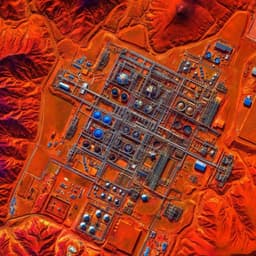
Linguistics and Languages
Ancestral Dravidian languages in Indus Civilization: ultraconserved Dravidian tooth-word reveals deep linguistic ancestry and supports genetics
B. A. Mukhopadhyay
This groundbreaking research by Bahata Ansumali Mukhopadhyay explores the fascinating link between Proto-Dravidian language and the Indus Valley Civilization, shedding light on ancient vocabulary related to teeth and elephants. Delving into archaeological and linguistic evidence, the study presents a compelling case for the existence of a Dravidian-speaking population in one of history's great civilizations.
Playback language: English
Related Publications
Explore these studies to deepen your understanding of the subject.







